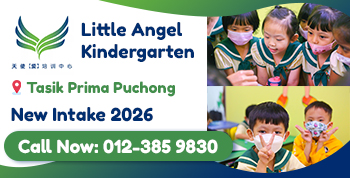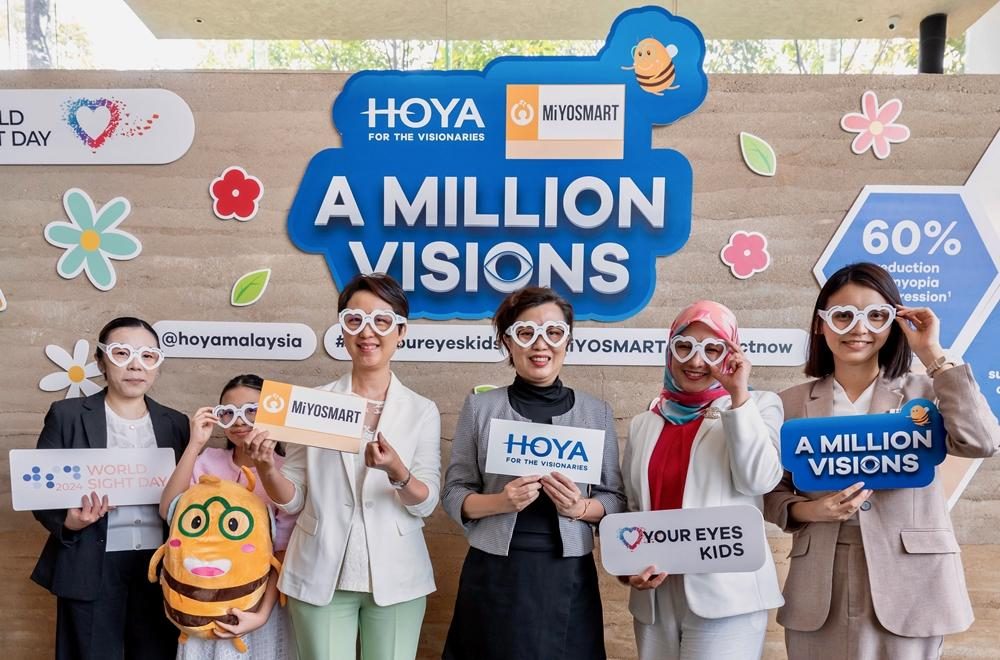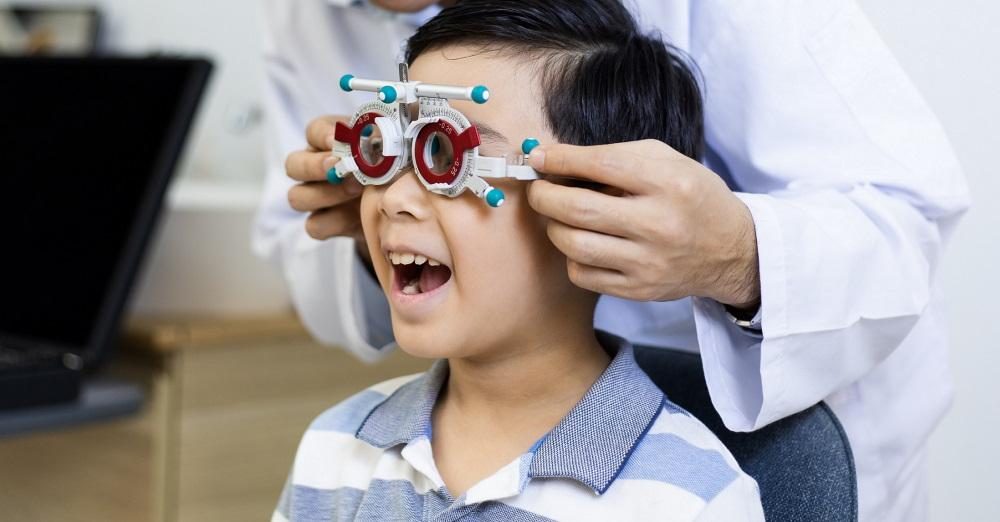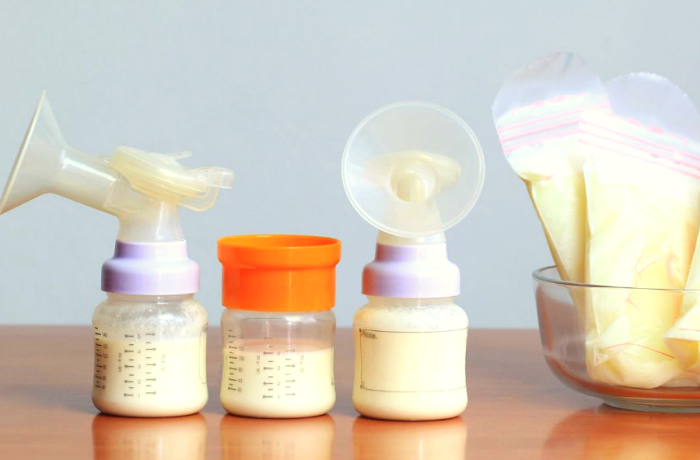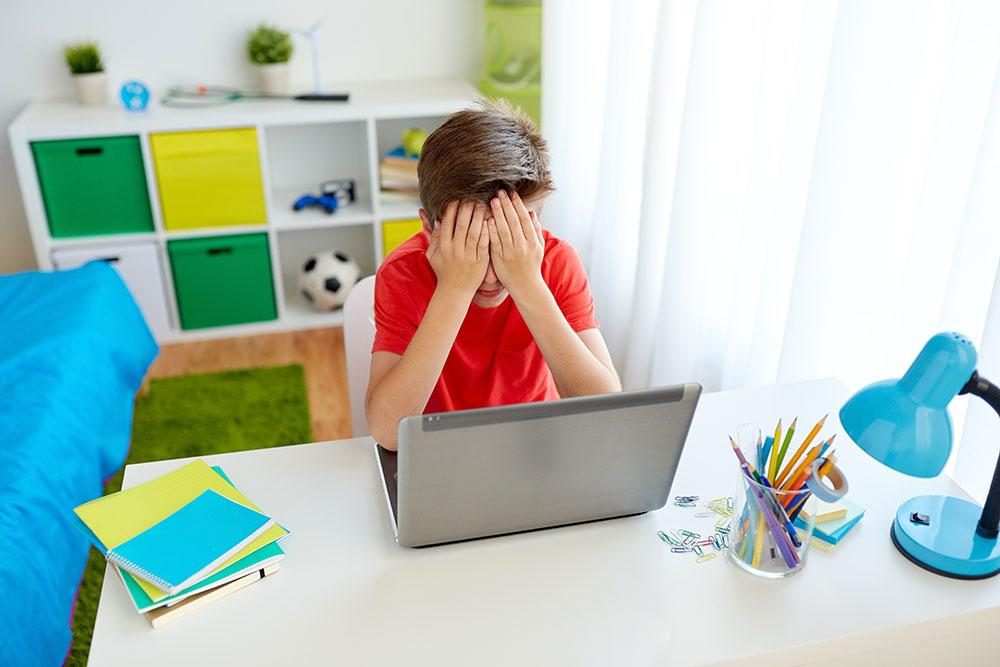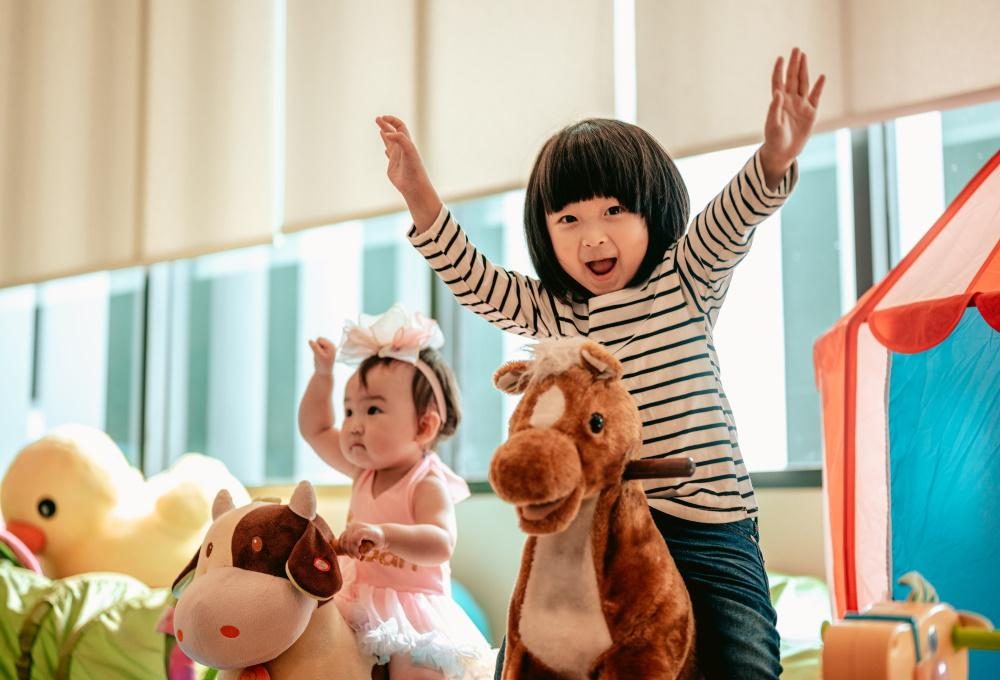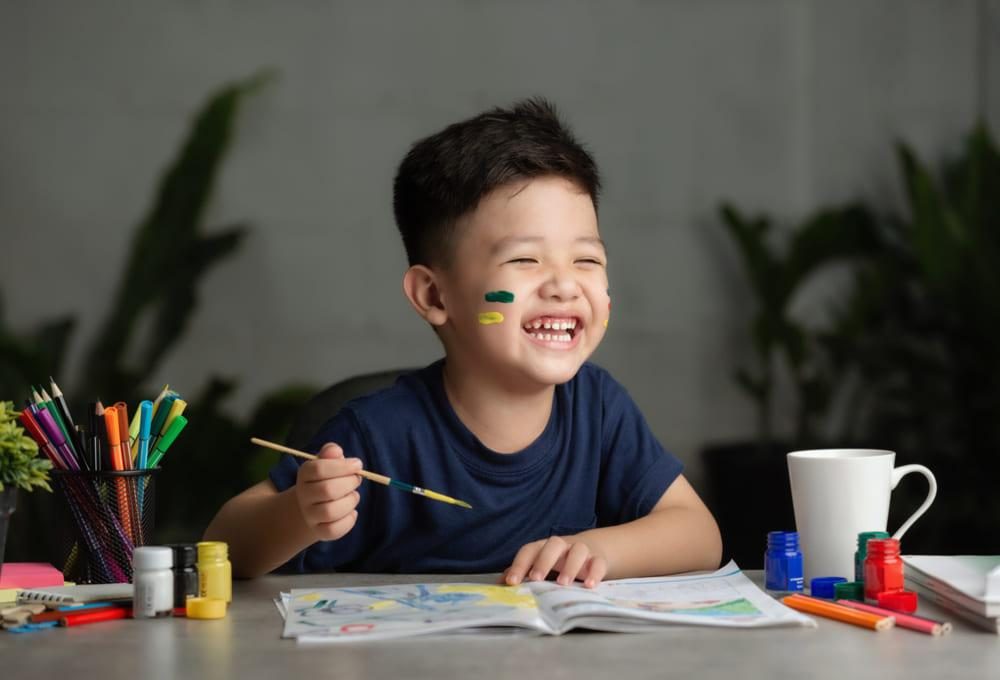Can You Prevent or Slow Down Myopia in Children? Experts Share Best Practices
by on 10/09/2024 ...
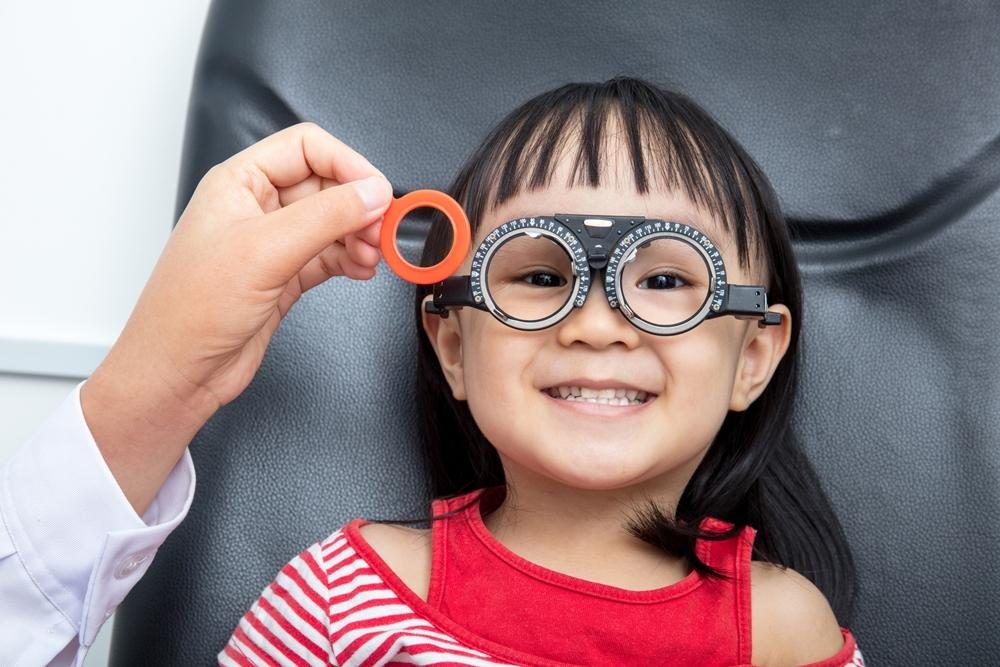
Myopia, or near-sightedness, is becoming increasingly common among children. By 2050, it is estimated that 50% of the world’s population will be affected by myopia – a concerning figure, seeing that high myopia can lead to serious vision issues and even blindness later in life. In conjunction with World Sight Day, we catch up with Malaysian experts as they weigh in on the causes, long-term risks, and best practices for parents to prevent and manage myopia in children.
Understanding Myopia
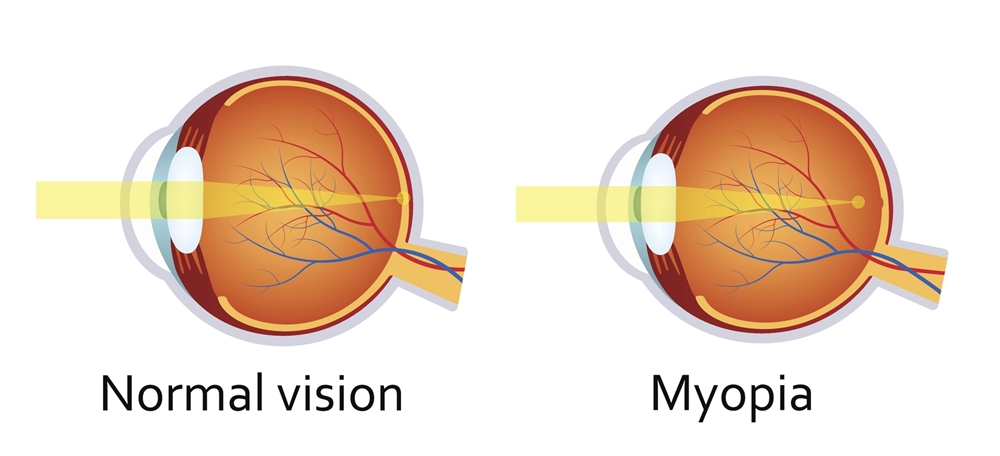
The International Myopia Institute (IMI) defines myopia as a refractive error of ≤ – 0.5D, measured when the eye muscles are relaxed. In layman’s terms, this occurs when a person’s distance vision is blurry, but near vision remains clear. It is usually caused by an elongated eyeball or a cornea that is too curved, resulting in images forming in the front of the retina instead of directly on it.
What causes myopia?
Dr. Norazah Abdul Rahman, paediatric ophthalmologist and Chairman of the Advocate of Myopia Prevention Malaysia, says that there are several factors that contribute to the rising prevalence of myopia among children, including genetics and lifestyle.

“Children with myopic parents have a higher risk of developing it themselves, and studies also show that Asian children have a higher predisposition to myopia,” she shares. Our current lifestyle, with early introduction to screens and reading materials, as well as prolonged indoor activities, is also another major contributor, she adds.
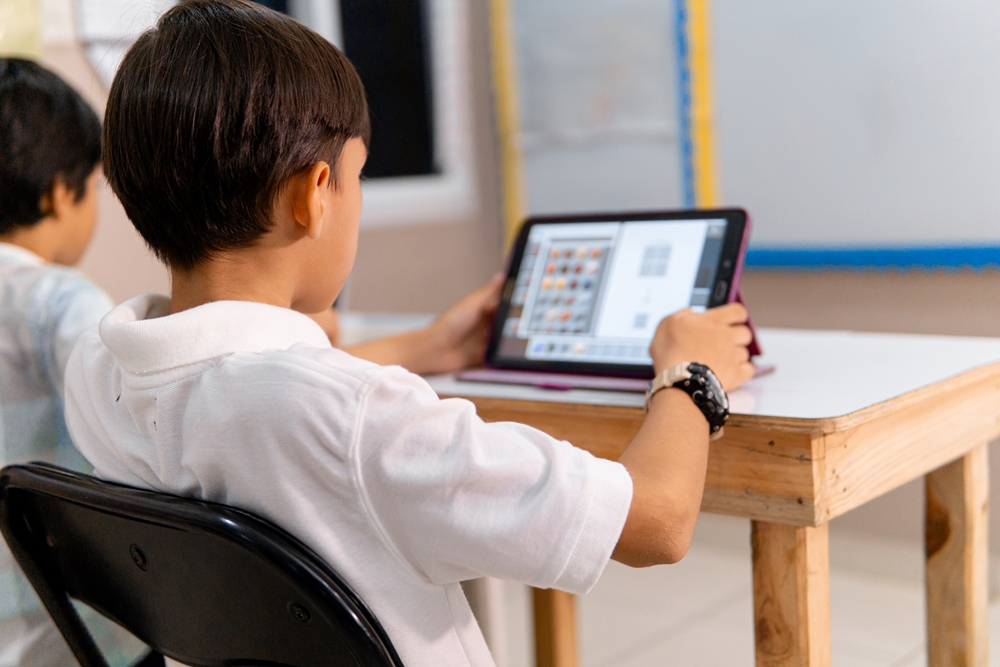
“Children today are more engaged in devices and books, and they are introduced early to educational materials. Due to the pandemic, children become comfortable indoors and dislike going outdoors, but studies show that sunlight is good to prevent the onset of short sightedness. This is why it is important for parents to educate their children and encourage them to be involved in outdoor activities from a young age,” Dr. Norazah advises.
Unchecked myopia can lead to high myopia (defined as -6.00D or worse), which increases the risk of severe complications like cataracts, glaucoma, retinal detachment, and blindness. Early intervention is key to mitigating these risks.
Signs of myopia in children: When should parents be concerned?
Ms. Liew Mei Lin, an optometrist and managing director of Home & Work Optometry Care, says that some of the telltale signs include squinting, eye-rubbing, or complaints of tired eyes. Some children may struggle to see the whiteboard in school or copy notes accurately – so if a child seems to be falling behind in their studies, it could be due to undiagnosed myopia.
Her advice for parents is not to wait until vision issues become apparent or when the child’s academic performance is affected. “Vision is one of our most important senses, and if a child is unable to see properly it will affect their studies and their learning. For those whose grades are already suffering, their vision problems might already have occurred for a long time,” she shares.
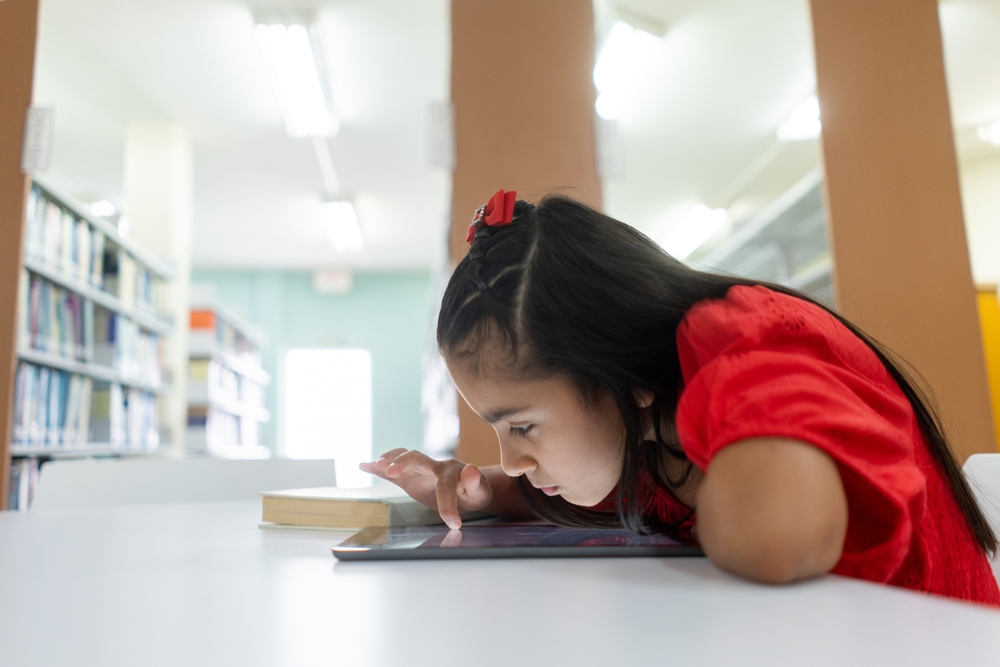
Ms. Liew recommends starting regular eye checks as early as age three, when they are exposed to near work such as reading. For children without vision problems, an annual eye examination is sufficient. However, for those who have developed short-sightedness and wear glasses, she recommends having their eyes checked every six months to monitor their progression.
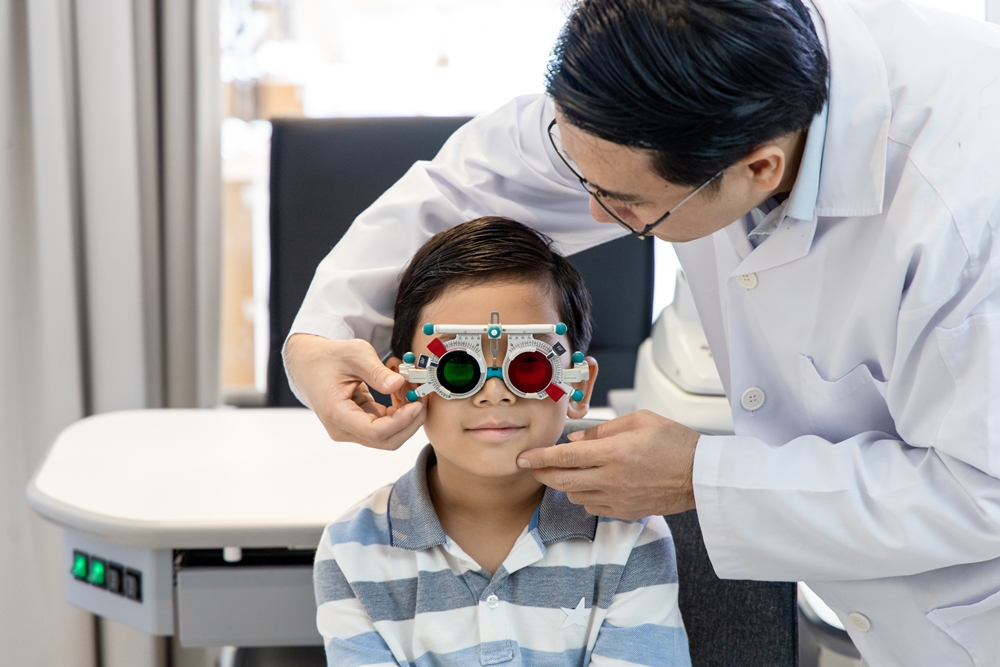
“Eye checks should be part of standard health care practice like dental checks. Early intervention can prevent problems such as amblyopia (lazy eyes) and controlling myopia from progressing,” she adds.
Preventing myopia through lifestyle modifications
Dr. Norazah Abdul Rahman recommends lifestyle changes as an effective way to prevent myopia progression. Here are some measures that parents can incorporate into their daily routines:
Encourage outdoor activities for at least two hours daily. Studies have shown that this could help reduce the risk of myopia by up to 50%.
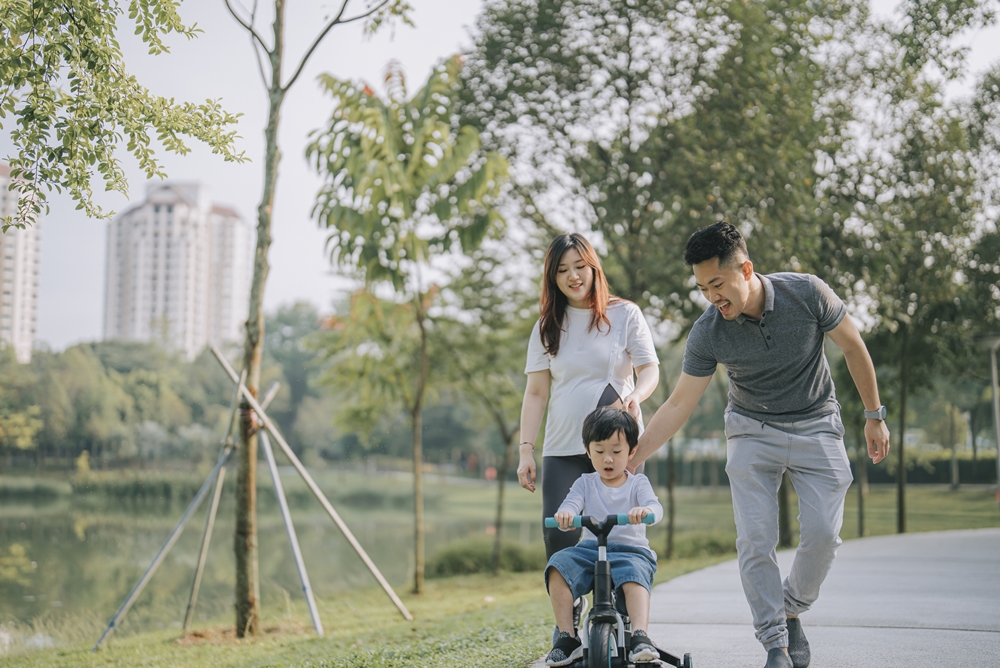
Implement the 20-20-20 rule for screen use. Dr. Norazah acknowledges that it may be difficult to eliminate screen time entirely, what with technology so intertwined into the fabric of modern life. To minimise the effects of gadgets on our vision, a rule of thumb is to look at something 20 feet away for 20 seconds after 20 minutes of screen time.
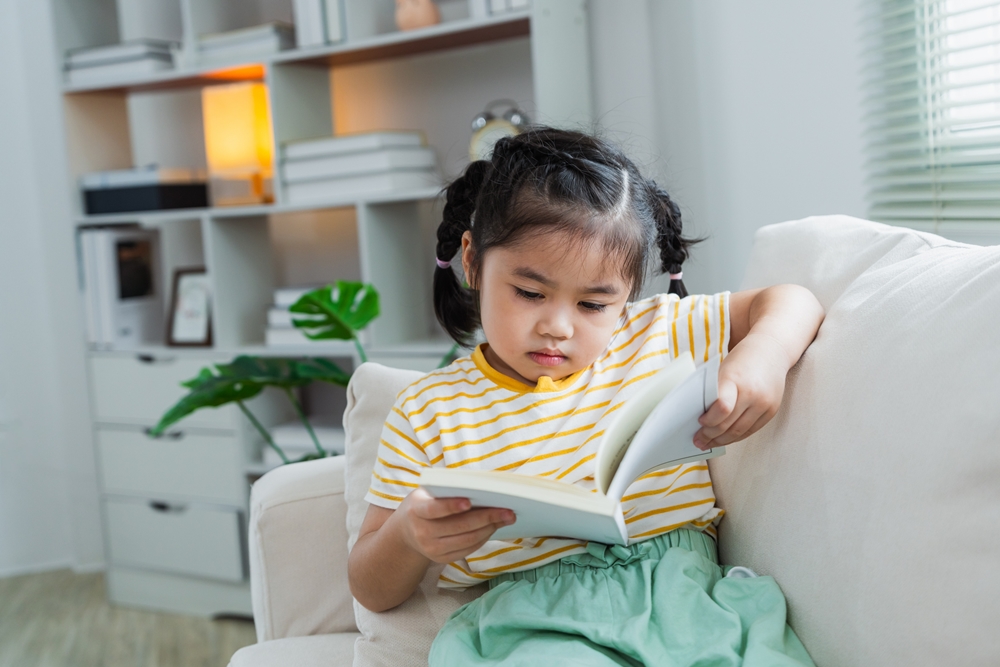
Maintain a healthy distance between the eyes and screens or books. A common misconception is that screens cause myopia, but this is true for any near work such as reading, as it causes the eyes to adjust to an object that is close. Ideally, maintain an ‘eye-to-elbow’ distance to reduce strain.
Myopia management options and treatments
Corrective lenses are often the go-to for myopia management. Specially designed lenses such as MiYOSMART, which incorporates Defocus Incorporate Multiple Segments (DIMSS) technology, can reduce myopia progression by up to 60%. The lenses consist of a clear central zone for correcting vision and multiple microlenses in the outer treatment zone that provide a defocusing effect.
Other options to slow myopia progression include atropine eye drops and hard contact lenses (orthokeratology), a non-surgical procedure involving lenses worn at night to help reshape the cornea. Emerging technologies, such as low light therapy, are being explored as well.
Regular eye checks are crucial
As a final word of advice, Dr Norazah encourages parents to be observant of their children’s vision and not to assume that the child is able to see clearly. “The child may appear normal, even if they have ‘good’ eye and one myopic eye. Always send them for regular eye screenings so that you don’t miss anything,” she says.
Ms. Liew stresses the importance of bringing children to qualified eye care practitioners. “In Malaysia, children below eight years old should be seen by an eye specialist or a qualified optometrist, which is regulated under the Optical Act. If you are bringing your child to an optical shop, it is best to confirm who will be checking the child’s eyes, as there is a difference between optometrist and opticians.

She also advises parents to be open about discussing their child’s vision problems. “Even when informed about the risk of their children having short sightedness, there are parents who refuse myopia control measures, whether in the form of corrective lenses or hard lenses, as they believe the problem might resolve on its own. Early prevention is crucial as it can make a significant difference in a child’s vision health.”







